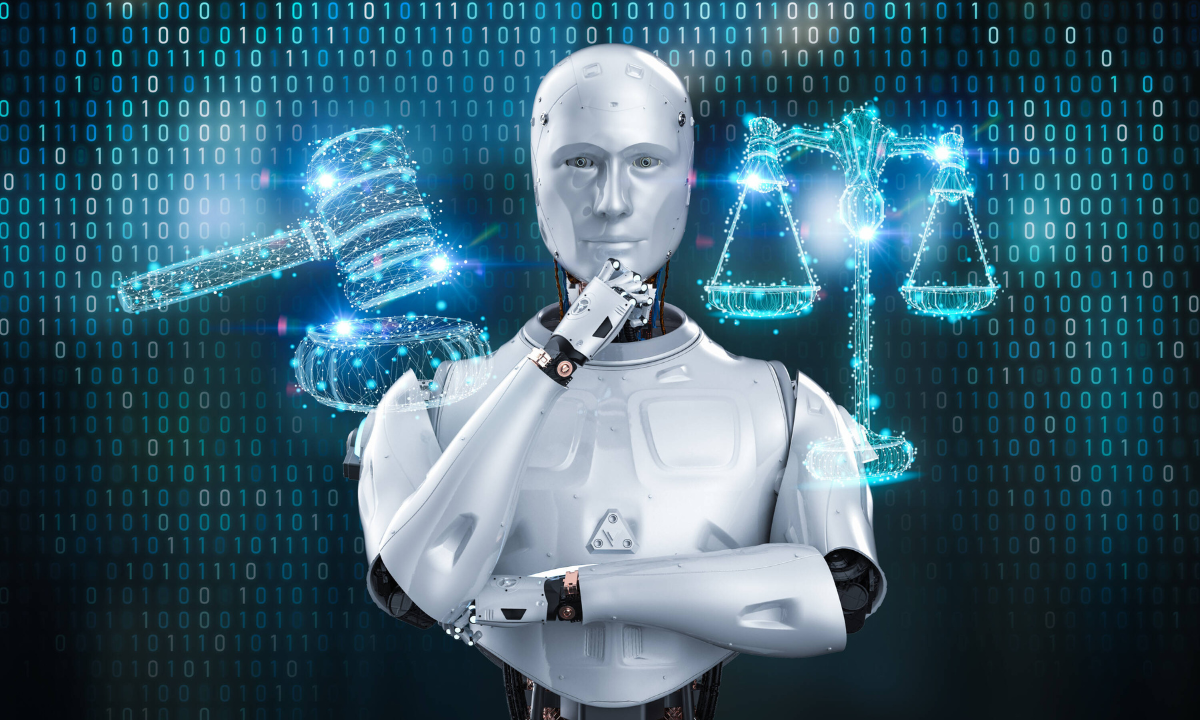Microsoft's official list: The 40 professions most at risk from AI (and the 40 safest)

A Microsoft Research study, based on 200,000 real-life interactions, provides evidence of how generative artificial intelligence is transforming work.
Amid the global debate about the effects of AI on employment, the report "Working with AI: Measuring the Occupational Implications of Generative AI ," written by Kiran Tomlinson, Sonia Jaffe, and their team, offers a detailed analysis. Unlike speculative approximations, this study is based on anonymized conversations between users in the United States and Microsoft Copilot, which helps identify areas where AI has already become integrated into everyday life.
A methodology designed to measure real impact The study is distinguished by its innovative approach to understanding collaboration between humans and AI systems.
1. Main finding: user goal vs. AI action Researchers differentiate two elements in each interaction:
- User goal: The task the person seeks to complete with the help of AI.
- AI Action: The specific function performed during the conversation.
This analysis revealed that in 40% of cases, the two roles were distinct. For example, a user might search for "operate office equipment" (print a document), while the AI performed the function of "train others on how to use the equipment." This finding demonstrates that AI often acts as an assistant, tutor, or advisor, extending human capabilities rather than replacing them.

The impact of AI on the workplace. Photo: iStock
To assess the impact, the team created the AI Applicability Score, based on the U.S. Department of Labor's O*NET database. This metric combines three factors:
- Frequency: How many times activities from an occupation are linked in interactions with Copilot.
- Success: Successful completion rate when AI assists with the task.
- Scope: The extent to which AI covers substantial work activities, not just superficial tasks.
This system provides more accurate insight than traditional automation analytics.
The area of greatest transformation: 40 occupations with high AI applicability The report identifies a list of professions with the greatest potential for change, where activities depend on communication, writing, data management, and customer service. In these sectors, generative AI already demonstrates considerable capacity to assist or execute key tasks, creating a technological collaboration scenario that redefines work processes.
| Job Title (Abbreviated) | Score of Applicability |
|---|---|
| Interpreters and Translators | 0.49 |
| Historians | 0.48 |
| Assistants of Passengers | 0.47 |
| Representatives Sales of Services | 0.46 |
| Writers and Authors | 0.45 |
| Representatives Service to Customer | 0.44 |
| Programmers of Tools CNC | 0.44 |
| Operators of Telephony | 0.42 |
| Agents of Tickets and Travel | 0.41 |
| Announcers of Radio and DJs | 0.41 |
| Employees of Brokerage | 0.41 |
| Educators of Farm and Home | 0.41 |
| Telemarketers | 0.40 |
| Janitors (Concierges) | 0.40 |
| Scientists Politicians | 0.39 |
| Analysts of News, Reporters | 0.39 |
| Mathematicians | 0.39 |
| Writers Technicians | 0.38 |
| Correctors and Markers of Copies | 0.38 |
| Hosts and Hostesses | 0.37 |
| Editors td> | 0.37 |
| Teachers of Business (Postsec.) | 0.37 |
| Specialists in Relationships Public | 0.36 |
| Demonstrators and Promoters | 0.36 |
| Agents of Sales of Advertising | 0.36 |
| Employees of New Accounts | 0.36 |
| Assistants of Statistics | 0.36 |
| Employees of Counter and Rent | 0.36 |
| Scientists from Data | 0.36 |
| Advisors Financial Personal | 0.35 |
| Archivists | 0.35 |
| Teachers of Economy (Postsec.) | 0.35 |
| Developers Web | 0.35 |
| Analysts of Management | 0.35 |
| Geographers < /td> | 0.35 |
| Models | 0.35 |
| Analysts of Research of Market | 0.35 |
| Telecommunications Security Public | 0.35 |
| Operators of Switchboard | 0.35 |
| Teachers of Library Science (Postsec.) | 0.34 |
At the opposite end of the analysis, the study identifies professions with low exposure to the impact of generative artificial intelligence. These activities are characterized by requiring manual skills, physical labor, operation of specialized machinery, and direct interaction in face-to-face environments.
By their nature, these tasks remain largely beyond the reach of current language models, placing them in a group less vulnerable to AI-based automation.
| Job Title (Abbreviated) | Score of Applicability |
|---|---|
| Phlebotomists | 0.03 |
| Assistants of Nursing | 0.03 |
| Removers of Materials Dangerous | 0.03 |
| Assistants of Painters, Plasterers, etc | 0.03 |
| Embalmers | 0.03 |
| Operators of Plants and Systems | 0.03 |
| Surgeons Oral and Maxillofacial | 0.03 |
| Installers of Glass Automotive | 0.03 |
| Engineers Naval | 0.03 |
| Repairers of Tires | 0.02 |
| Prosthodontists | 0.02 |
| Assistants of Production | 0.02 |
| Workers of Maintenance of Roads | 0.02 |
| Preparers of Medical Team | 0.02 |
| Operators of Machines of Packing | 0.02 |
| Feeders of Machines | 0.02 |
| Dishwasher | 0.02 |
| Bricklayers of Cement | 0.01 |
| Supervisors of Firefighters | 0.01 |
| Operators of Trucks Industrialists | 0.01 |
| Technicians Ophthalmic Doctors | 0.01 |
| Therapists of Massage | 0.01 |
| Assistants Surgical | 0.01 |
| Builders Tires | 0.01 |
| Assistants of Roofers | 0.01 |
| Operators of Gas Compressors | 0.01 |
| Roofers | 0.01 |
| Workers of Oil and Gas | 0.01 |
| Cleaners and Housekeepers | 0.01 |
| Operators of Team of Paving | 0.01 |
| Operators of Logging Team | 0.01 |
| Operators of Motorboats | 0.00 |
| Stretcher bearers (Orderlies) | 0.00 |
| Sanders and Finishers of Floors | 0.00 |
| Operators of Pile driver | 0.00 |
| Operators of Track Maintenance Railways | 0.00 |
| Manufacturers of Molds of Foundry | 0.00 |
| Operators of Treatment Plants Water | 0.00 |
| Operators of Bridges and Locks | 0.00 |
| Operators of Dredging | 0.00 |
The study goes beyond simply classifying occupations. Its findings include details that provide a deeper understanding of how artificial intelligence influences work.
Salary and educational level Contrary to popular belief, there is no strong correlation between high salaries and greater applicability of AI. The relationship is weak. However, it is observed that occupations that require a college degree tend to have higher applicability scores than those that don't.

The impact of AI on the workplace. Photo: iStock
The analysis of “user goal” versus “AI action” reveals revealing trends:
- High assistance, low execution: Professions such as chefs or pet sitters have a high potential for AI assistance (recipe suggestions, nutritional advice, care information), but the technology cannot perform the physical task.
- Low support, high execution: In contrast, in occupations such as coaching, teaching, or managing, users do not typically ask AI to coach or direct them, but AI frequently performs teaching, advising, or training actions.
The results are consistent with theoretical predictions from previous research, such as the study by Eloundou et al. (2024), with a high correlation (r=0.73). This finding reinforces the robustness of the analysis and confirms that the impact anticipated by theoretical models is already being observed in practice.
Rather than generating alarm, the study offers guidance for individuals, businesses, and educational systems , guiding them in preparing for and adapting to a work model where collaboration with AI is a reality.
More news in EL TIEMPO *This content was rewritten with the assistance of artificial intelligence, based on information from Microsoft, and reviewed by the journalist and an editor.
eltiempo





